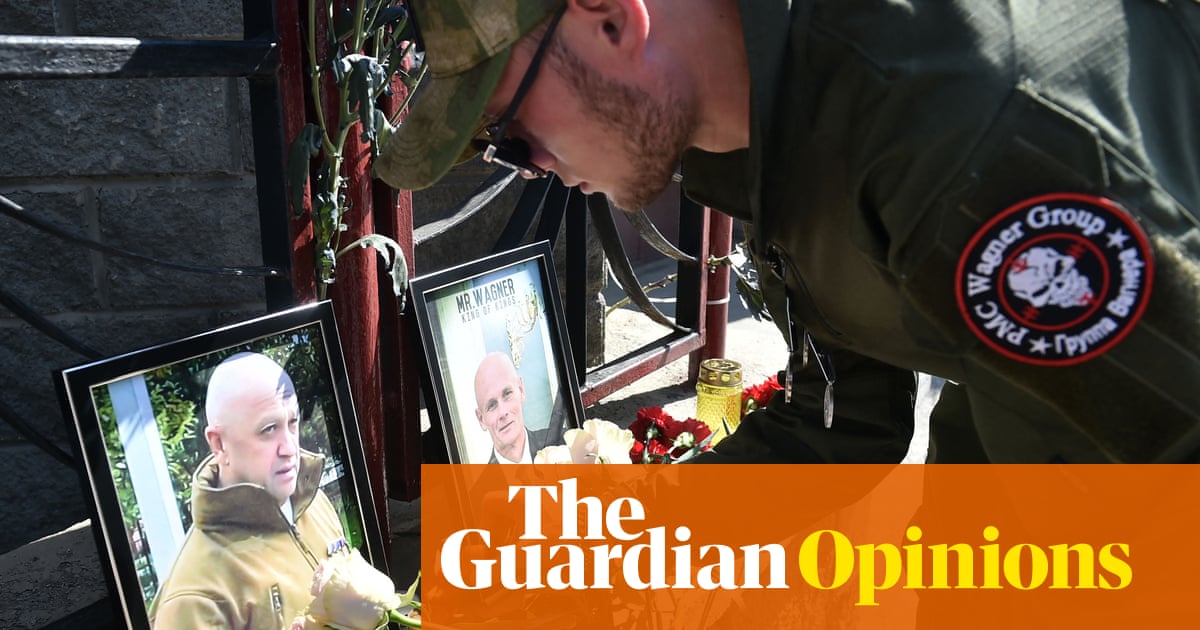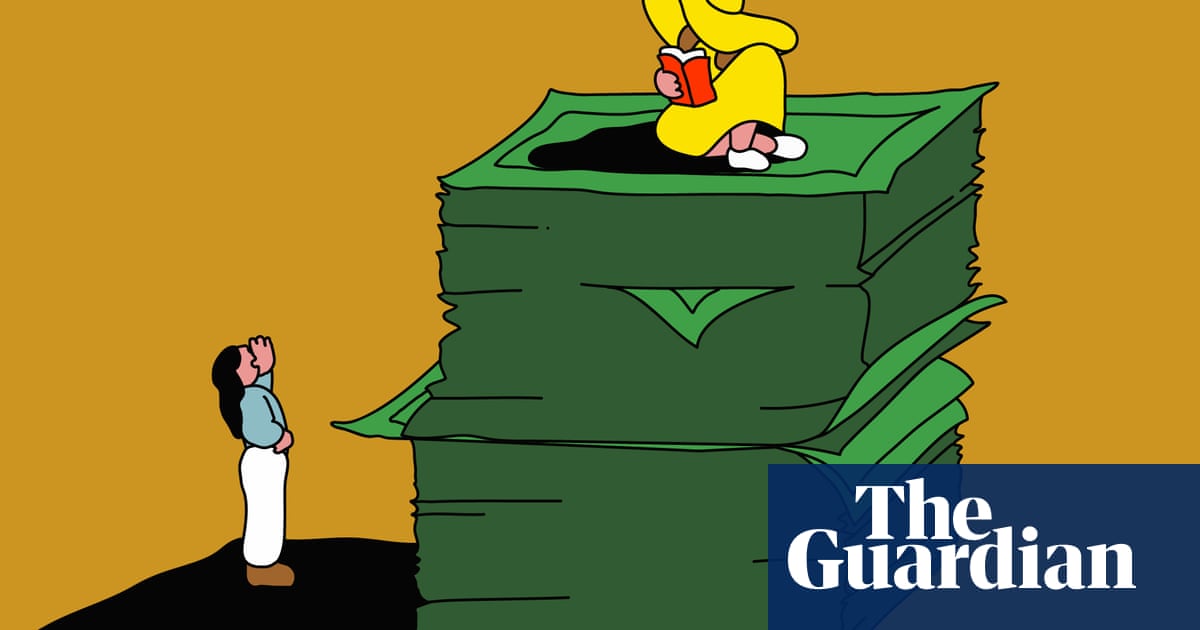
In late 2001, Goldman Sachs published one of the hundreds of papers and reports churned out by global investment banks every month. Often forgotten within days and read by only a handful of people, this paper was different. “Building Better Global Economic BRICs,” authored by Goldman’s then-chief economist Jim O’Neill, remains one of the most influential investment bank papers in recent memory.
The four “BRICs” identified in the report — Brazil, Russia, India and China — were on the verge of a decade of robust growth and high foreign direct investment inflows. Brazil and Russia were leveraging their natural resources and riding the tide of rapidly increasing demand for their goods, notably from China. India was emerging as a major global hub for information technology and China was deep in a historic geoeconomic transformation that, as author Evan Osnos has argued, was moving at “100 times the scale and 10 times the speed of the Industrial Revolution.”
The four countries embraced the BRIC acronym and held a summit in 2009, shortly after the global financial crisis. The BRICs were quick to point out that the financial crisis emanated from advanced economies, most notably the US. Brazilian Foreign Minister Celso Amorim even showed visitors a giant world map turned upside down. The message was clear: The international order was shifting and new powers were rising. A year later, South Africa joined and the BRICS with a capital “S” was born.
The second decade of the BRICS was not as soaring as the first. From 2011 to 2021, most of the BRICS economies experienced sluggish growth and decelerating FDI flows. According to a BRICS Investment Report published by the UN, only South Africa saw FDI inflows grow robustly in the second BRICS decade. That, too, has since slowed.
At least nine MENA countries have expressed an interest in joining, including regional powerhouses
Afshin Molavi
Today, the BRICS look nothing like the rising stars they once were. Few investors are declaring that the next decade belongs to these economies (except maybe India). So, if the BRICS are no longer ascendant, what is their significance?
That question is being debated this week at the BRICS Summit in Johannesburg. High on the agenda will be whether to admit new members. At least nine countries from the Middle East and North Africa have expressed an interest in joining, including regional powerhouses like Saudi Arabia, Egypt, the UAE and Iran. All told, some 18 countries are eyeing membership, according to The Economist.
Opening the doors to new members would give the BRICS a much-needed jolt. China is facing a major test as its economy slows, its property sector implodes and youth unemployment rises. Brazil has seen its growth limp along at less than 1 percent for a decade. South Africa remains mired in corruption and mismanagement, while Russia faces a long winter of economic underperformance amid a web of sanctions and its own internal mismanagement. Only India’s prospects seem bright.
Adding several new stars from the Middle East, including Saudi Arabia and the UAE, would bring both economic dynamism and investment heft to the group. High-growth Asian economies like Bangladesh and Indonesia would also nudge the group’s growth prospects.
If there is any danger for new members, it is the emerging sense of the BRICS as a forum for anti-West sentiment. Middle powers like the UAE and Saudi Arabia have developed a multi-aligned approach to geopolitics. Were the BRICS to emerge as a geopolitical counterpoint to Western powers, it could put Riyadh, Abu Dhabi and Cairo in awkward positions.
The BRICS should avoid becoming a geopolitical talking shop or a voice for the developing world
Afshin Molavi
The BRICS should, therefore, avoid becoming a geopolitical talking shop or a voice for the developing world. After all, the two largest members of the current formulation — India and China — can hardly agree on anything political. Thus, the group should remain focused on business and trade, investment and development, and leave the politics to other forums.
In this regard, a larger BRICS grouping can take a page from another newly minted group of four countries gathered around a clever acronym — I2U2, which includes India, Israel, the US and the UAE. The I2U2, founded in 2021, has studiously avoided politics and focused only on joint investment and trade.
Welcoming new members to the BRICS grouping is a wise choice. While Brazil and India are reportedly on the fence about the idea, a bigger BRICS would bring new trade and investment opportunities and reinvigorate intra-BRICS investment.
When the acronym was coined, the original four countries accounted for about 8 percent of global gross domestic product. Today, the BRICS nations clock in at 26 percent and India, China and Brazil are consequential economies for regional and global trade.
But for the BRICS to remain relevant, the grouping needs new blood. As O’Neill himself noted in a May 2022 commentary, “many economists, businesspeople and journalists have stopped paying much attention to the BRICS nations’ collective actions.”
The best way to change that is to broaden the club’s membership while narrowing its focus to business, trade and investment.
Afshin Molavi is a senior fellow at the Foreign Policy Institute of the Johns Hopkins School of Advanced International Studies and editor and founder of the Emerging World newsletter. Twitter: @AfshinMolavi
Copyright: Syndication Bureau
Disclaimer: Views expressed by writers in this section are their own and do not necessarily reflect Arab News" point of view
-ADVERTISEMENT-












